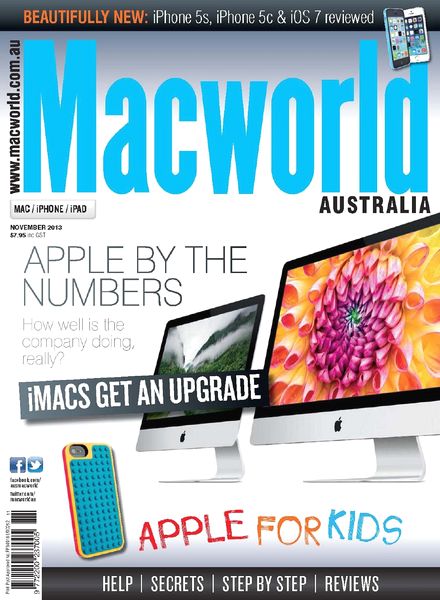Library Guides
- Library
- Library Guides
- Evaluating Information
- Information types
There are many information sources that you will use throughout your studies at University. The types of information sources you use will depend on your subject area, study unit recommendations, and the assessment requirements.
Information sources include:
You will need to evaluate all your sources to ascertain whether they suit your requirements. Web sources, in particular, might not hold accurate and reliable information. Refer to Social Media sources for further information.
Read through this information on the difference between these types of publications.
(Hint: If viewing on a mobile phone, rotate your phone to a wide-screen view.)
Purpose of the publication:
Appearance of the publication:
Purchased from:
Articles known as:
Review of the articles done by:
Appearance of the articles:
Type of articles:
Abstract available at the beginning of the articles:
Author Credentials or Affliations with Universities:
Biography of the author:
Bibliography or Footnotes:
Vocabulary:
Scholarly Journals

To present the results of original research.
Plain cover with few/no advertisements inside.
Subscribed by institutional libraries.
Peer reviewed articles.
Author's peers in the same subject area.
Contains technical charts and graphs. No photographs.
Lengthy, in-depth, subject focused.
Abstract summarises main points of the article.
Credentials (PhD) and afflications available after the author's name is given.
Describes author's involvement with the subject.
Citations of sources given.
Specialists vocabulary and jargons present. Specialist knowledge required to understand the article content.
Popular Magazines

To publish background readings and interviews.
Flashy covers with lots of attractive advertisements.
From newsagents or grocery stores.
Magazine articles.
Magazine's editor approves the publication.
Contains many illustrations or colourful photographs.
Short and present an overview.
No abstract. Article provides introductory background of a topic.
Not available as authors are mainly journalists with no specialist knowledge.
Not available as authors are not subject specialists.
Sources are not cited.
Non-technical language. Unfamiliar terms and concepts are defined.
Trade Publications

To inform relevant news and trends to people in an industry.
Glossy with colourful photos and ads from specific industry.
Subscriptions or from newsagents.
Professional/ trade articles.
Reviewed by the editor of the trade publication.
Contains colourful photographs and advertisements.
Specialized, but not scholarly.
No abstract. Provides industry trends and organisational news.
Credentials usually provided. Field or industry specialists with expertise.
Not available as published by trade/ professional associations.
Limited reference list.
Extensive use of jargon and terminologies in the particular industry or trade.
